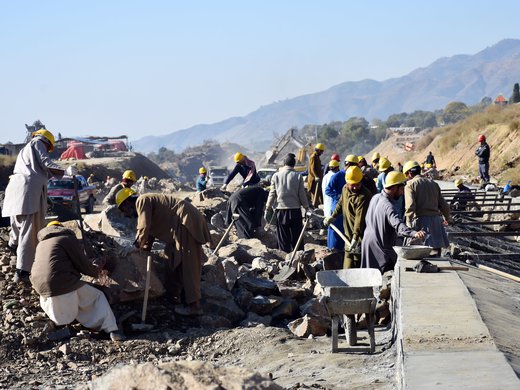The damage from Hurricane Maria may push Puerto Rico into a worst-case scenario of accelerating decline and ever-falling tax revenues if the loss of housing and a sustained power failure lead to large-scale outmigration. Given the need to alleviate immediate suffering, the potential loss of near-term tax revenues and the risk to medium-term stability, the federal government should assure adequate access to emergency funding and the Financial Oversight and Management Board, for its part, should be prepared to make appropriate adjustments to the fiscal plan. Even before the hurricane, Puerto Rico was in the midst of a deep fiscal, economic and social crisis. This paper provides a critical review of Puerto Rico’s fiscal and economic plan, with analysis that was carried out prior to Hurricane Maria. It starts with an overview of the fiscal plan and the Puerto Rico Oversight, Management, and Economic Stability Act (PROMESA), the federal law put in place in June 2016 to support Puerto Rico’s recovery. The second section reviews Puerto Rico’s historical population trajectory and economic trends to highlight the depth of the challenges faced by policy makers in trying to fix the territory. The third section highlights the substantial downside risks to Puerto Rico’s fiscal and economic plan. Finally, since it is expected that Puerto Rico’s recovery will be a work in progress for some time, the paper closes by suggesting that readers carefully track a few selected statistical measures for signs of further trouble.


